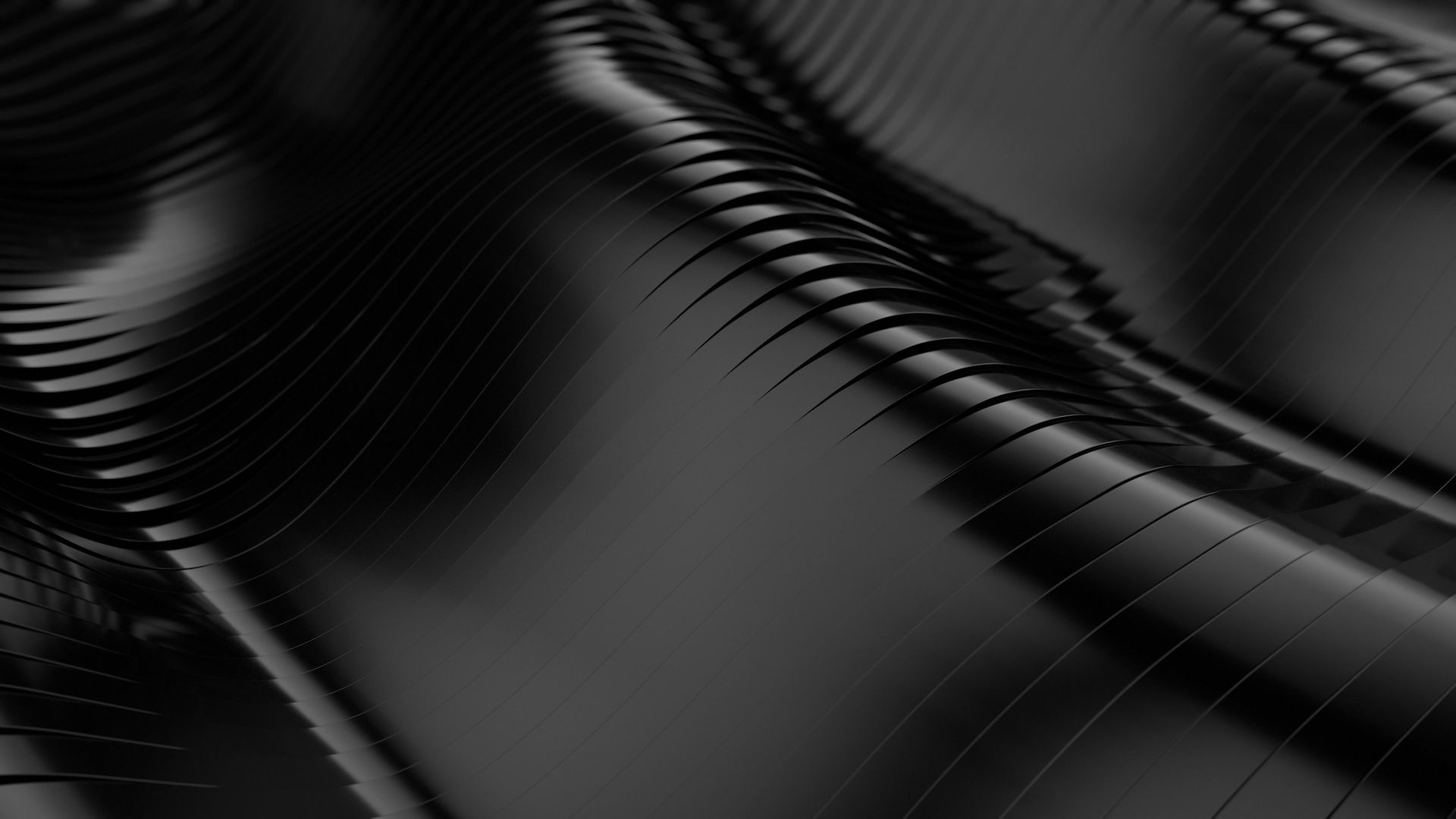top of page


Processor Chips
A technical description

What is a processor
A processor is an electronic circuitry that executes logic for computer programs. Another name for the processor is the CPU (Central processing unit). CPUs are known to be the brain of a computer. The first CPU was released in March 1971 by Intel and it was called the Intel 4004.
The CPU idea was in the late 1960s, when many articles arrived discussing computers on a chip. With the intervention of integrated circuits and transistors In the 1950s, the CPU was brought up by using many chips or LSI (large scale integration). Thus, Intel was the first to be committed to making the first single chip CPU which was cost effective.
CPU background

How do CPU works
Computers operate in binary. Transistors are what help calculate binary numbers. A CPU has roughly 30 million transistors. The CPU has two main components: the control unit and the arithmetic and logical unit (ALU). The control unit (CU) tells the CPU what to do according to the instructions input. The CU directs the flow of data to other devices.There are two types of CU components: the microprogrammable and the hard-wired control units. The hardwire is the hardware that will be upgraded and the microprogrammable can be rewritten or changed any time. The ALU performs operations such as addition, subtraction, or it uses logic gates that have multiple inputs but only one output. The main job of the CPU is to execute instructions, but it needs data to temporally store this information in what are called registers. Registers hold storage addresses or any kind of data stored as output going to the main memory (RAM). RAM is volatile, so it does not keep register memory when you turn the computer off. The speed of the computer depends on the clock cycle. Getting a processor that is expensive will overall boost your experience on a computer.


How are CPU's made (short edition )
The semiconductor field is where all the CPUs start out. A single slide of silicon with billions of transistors. This process is called photolithography. This all takes place in a cleanroom, a particle-free environment where a micro particle could damage the silicon wafer and render a processor chip useless.Photolithography has three stages: coating, developing, and exposing. It can take up to 4 months to make a single chip. The wafer is light-senstive, so when you start the whole process, you first coat the wafer with photoresist. Photoresist will help the mask transfer a pattern to the wafer that will expose the parts of the mask that are transparent. Develop the wafer. The pattern that was exposed to the UV light will be more soulable in the developer. This will leave the pattern of the mask on the wafer now. Hard baking the wafer will harden the photo resist and remove water molecules on the wafer surface.The wafer will go through a variety of chemicals to etch the surface and make sure there are no particles on the wafer. This process will happen about 30 times until the wafer testing is complete. The wafer will be tested over a certain number of days until the company feels like the wafer is ready.
Silicon wafer
Oxidation growth
Photoresist



Exposer Layer 1

Exposer Layer 3

Exposer Layer 2

Exposer Layer 4

bottom of page